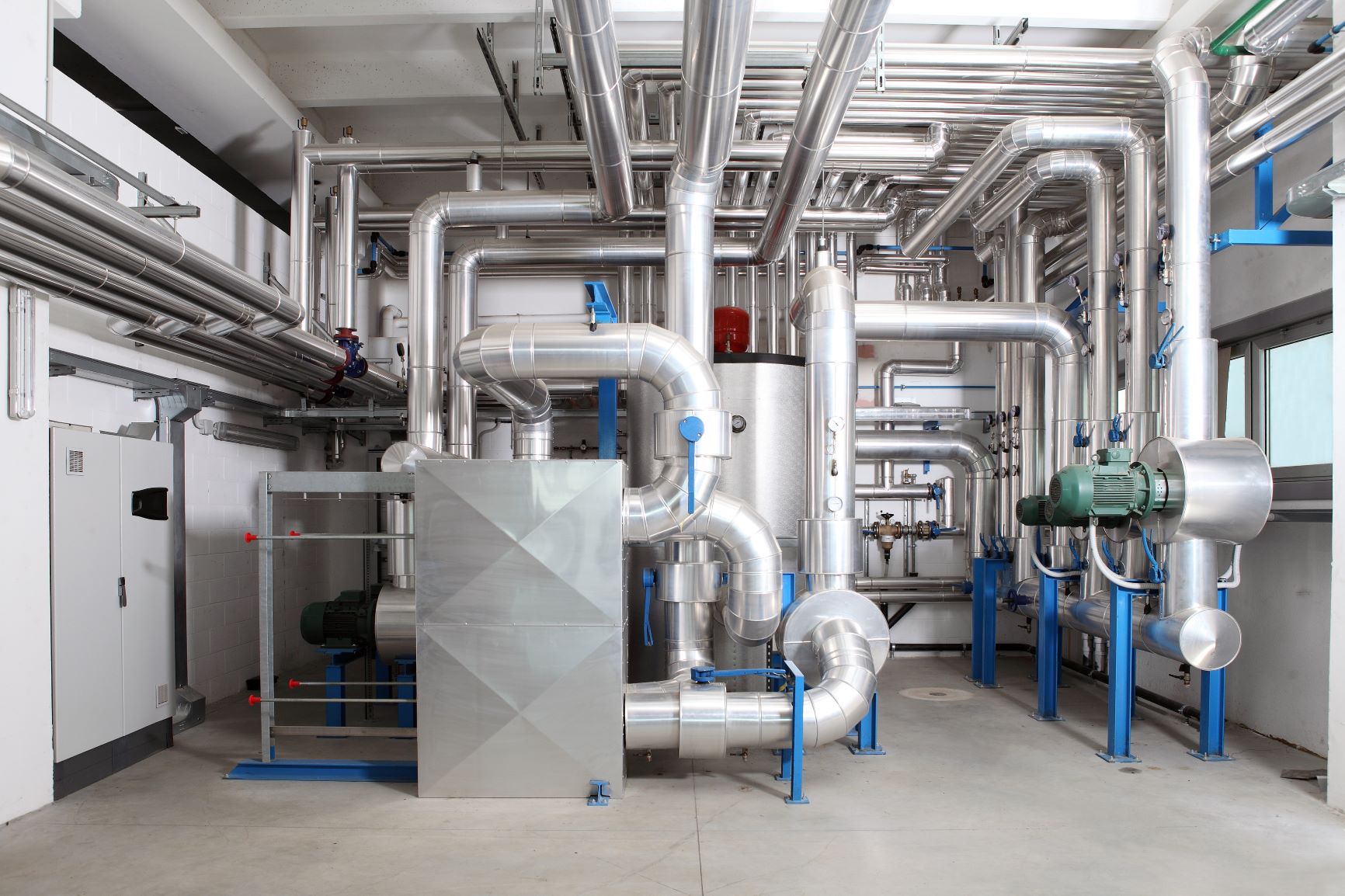Should the government discourage mechanical cooling?
Contents |
Should the government discourage mechanical cooling?
The UK government’s proposal to introduce an overheating in new dwellings regulation aims to address the impact of rising summertime temperatures and increased risk of heat waves on buildings, especially within our overheating cities.
The government’s own prediction is that in England and Wales heat-related deaths are expected to more than triple to over 7,000 by 2050 as a result of climate change. Passive measures should always be the first port of call to address this, but should the government really be discouraging mechanical cooling where it may be required most - in new buildings with a high overheating risk? What about if that cooling could be provided by a low carbon, low energy solution?
A reliance on increased ventilation and passive measures
Within the regulation proposal, the focus on the removal of heat is centered around increased ventilation rates and the ability to open windows. However, depending on heat origin, these may not be impactful measures in lowering temperatures to safe and comfortable levels.
These include:
- Where windows cannot be opened or doing so poses a risk (due to safety such as building height or because of poor external air quality).
- City apartments which are likely to see high external summer temperatures of 30°C or more, rendering increased ventilation rates ineffective.
Mechanical (comfort) cooling
With the UK heading towards mass heat pump deployment before 2030 and climate change causing temperatures to rise at a significant pace, it is not enough for the government to say mechanical cooling is not prohibited yet not desirable.
Instead, they should support heat pump specification and the ability to allow comfort cooling, where most required, using low carbon and highly efficient methods, as recently covered in our Using heat pumps to provide comfort cooling blog.
Specifying comfort cooling using heat pumps which also provide space heating and hot water offers a vastly different proposition to additional specification of a separate air conditioning system. There are already proven technologies offering this for apartments through the specification of an ambient communal loop, connected to reversible in-apartment heat pumps.
Research and specification of these types of systems have found them to be highly desirable by the market as a means of offering comfort cooling in a low carbon and highly efficient way. The use of heat pumps reduces the negative impacts of cooling compared to an air conditioning unit substantially by:
- Reducing energy use
- Increasing system efficiencies
- Keeping capital cost low by offering heating and comfort cooling via a two-pipe system
The technology's ability to utilise waste heat (i.e., using otherwise wasted heat produced in cooling mode to provide “free” hot water to the apartment) and capitalise on the efficiencies of heat pumps help to reduce occupant bills and address fuel poverty whilst helping to keep spaces at a safe and comfortable temperature.
Read more about such a system here
The overheating consultation
At GDHV, we have been urging Government to recognise the difference between air conditioning and heat pump-led comfort cooling, and to clearly show this within the new overheating regulation and SAP 10 compliance requirements.
Now closed, we expected to hear the government’s response to this consultation in auto-comfort cooling, visit our comfort cooling solutions page or request a call with one of our HVAC specialists.
Featured articles and news
Latest Build UK Building Safety Regime explainer published
Key elements in one short, now updated document.
UKGBC launch the UK Climate Resilience Roadmap
First guidance of its kind on direct climate impacts for the built environment and how it can adapt.
CLC Health, Safety and Wellbeing Strategy 2025
Launched by the Minister for Industry to look at fatalities on site, improving mental health and other issues.
One of the most impressive Victorian architects. Book review.
Common Assessment Standard now with building safety
New CAS update now includes mandatory building safety questions.
RTPI leader to become new CIOB Chief Executive Officer
Dr Victoria Hills MRTPI, FICE to take over after Caroline Gumble’s departure.
Social and affordable housing, a long term plan for delivery
The “Delivering a Decade of Renewal for Social and Affordable Housing” strategy sets out future path.
A change to adoptive architecture
Effects of global weather warming on architectural detailing, material choice and human interaction.
The proposed publicly owned and backed subsidiary of Homes England, to facilitate new homes.
How big is the problem and what can we do to mitigate the effects?
Overheating guidance and tools for building designers
A number of cool guides to help with the heat.
The UK's Modern Industrial Strategy: A 10 year plan
Previous consultation criticism, current key elements and general support with some persisting reservations.
Building Safety Regulator reforms
New roles, new staff and a new fast track service pave the way for a single construction regulator.
Architectural Technologist CPDs and Communications
CIAT CPD… and how you can do it!
Cooling centres and cool spaces
Managing extreme heat in cities by directing the public to places for heat stress relief and water sources.
Winter gardens: A brief history and warm variations
Extending the season with glass in different forms and terms.
Restoring Great Yarmouth's Winter Gardens
Transforming one of the least sustainable constructions imaginable.























